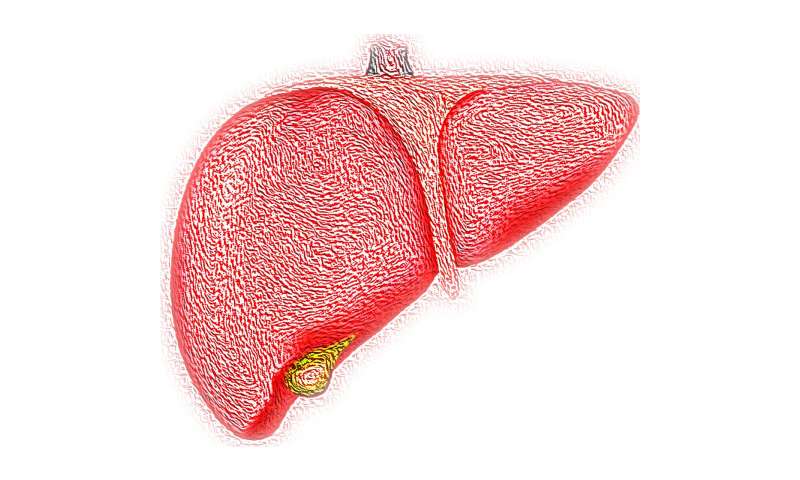
About 1 in 5 patients who are on the national waiting list for a liver transplant die or become too sick before an organ becomes available. With an ever-growing need for organs, Mayo Clinic is working to increase awareness about living liver donation for transplantation.
The number of living donor liver transplants doubled last year, now accounting for about 6% of all liver transplants nationwide, says Timucin Taner, M.D., Ph.D., a Mayo Clinic transplant surgeon and surgical director of liver transplantation. A liver transplant from a living donor is a surgical procedure where a portion of the liver from a healthy living person is removed and placed into someone whose liver no longer works properly.
Here are five things to know about being a living liver donor:
1. Thousands of people are waiting for a lifesaving liver transplant.
“About 12,000 to 13,000 people are on the liver transplant waiting list, which means about 2,500 people who are on the list each year will either die or become too sick while waiting for a liver transplant,” Dr. Taner says.
2. The donated liver regenerates itself in a matter of weeks.
Liver tissue regenerates in the donor and recipient. Up to 70% of the donor liver can be removed for transplantation, and the liver regenerates in the donor and recipient to nearly full-size in about three to four weeks.
3. Outcomes are generally better for recipients who receive a liver from a living donor.
“The incidence of technical issues during surgery can be somewhat higher for the recipient because it’s more difficult to transplant a partial organ. There can be increased risk of bile duct complications and arterial thromboses,” says Dr. Taner. “But in living donor liver transplantation, the transplant typically occurs before the recipient becomes dangerously ill awaiting transplant, which improves the outcome.”
4. Recovery time for living liver donors can take four to six weeks.
Potential liver donors must be in good physical health. Donors are usually under 60. People interested in donating undergo blood tests to determine if their blood and tissue types are compatible with the organ recipient.
“It’s a significant operation for the donor,” Dr. Taner says. “Although in the past, it required a larger incision, over the past four years, we’ve used a hybrid procedure that reduces the size of the incision, which translates into better pain control. The time in hospital is about four to six days, and typically it takes about four to six weeks for donors to have a full recovery.”
5. You do not have to be related to a patient to donate a liver.
While living donors traditionally have been people who know the recipient, such as a family member or friend, it is not required. Mayo Clinic’s William J. von Liebig Center for Transplantation and Clinical Regeneration in Rochester is now starting two additional living donor programs to improve the opportunities for patients in need of a liver transplant: the Living Liver Non-Directed Program and the Liver Paired Donation Program. Both programs have guidelines and procedures similar to Mayo’s successful programs for living kidney donors.
Source: Read Full Article
